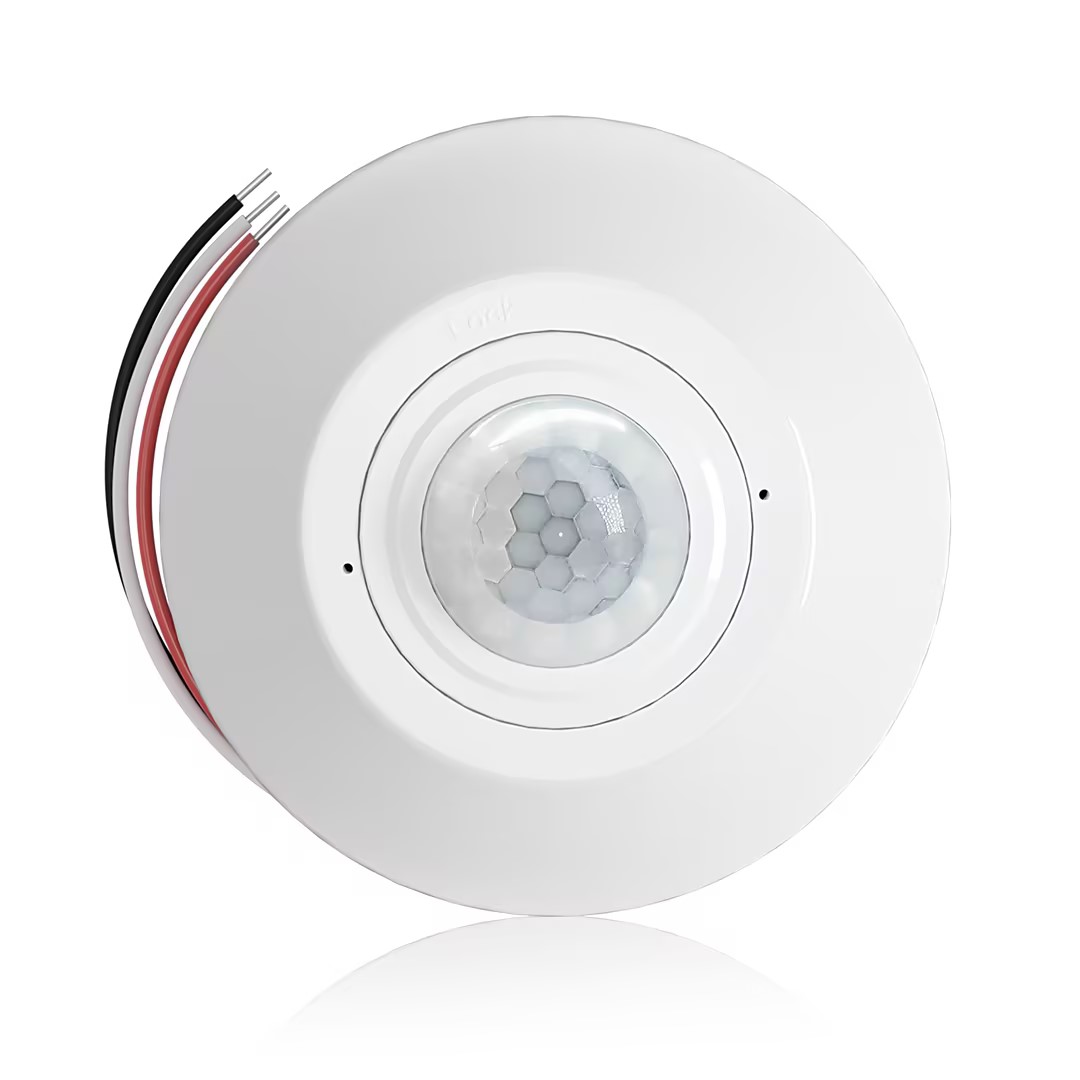What is Inverse-Square Law
The Inverse-square law is a fundamental principle that describes the relationship between the intensity of light and the distance from the light source. According to this law, the intensity of light decreases in inverse proportion to the square of the distance from the source.
In simpler terms, the Inverse-square law states that as you move further away from a light source, the intensity of the light decreases. This decrease follows a specific pattern where the intensity is inversely proportional to the square of the distance. For example, if you double the distance from the light source, the intensity will decrease to one-fourth (1/2^2) of its original value. Similarly, if you triple the distance, the intensity will decrease to one-ninth (1/3^2) of its original value.
Get Inspired by Rayzeek Motion Sensor Portfolios.
Doesn't find what you want? Don't worry. There are always alternate ways to solve your problems. Maybe one of our portfolios can help.
Understanding the Inverse-square law helps determine the intensity of light at different distances from the source. Lighting designers and engineers take this principle into account when calculating the lux or lumen per square meter (lumen/m^2) at a specific point. By applying the Inverse-square law, they can make informed decisions about the placement and spacing of light sources to achieve the desired level of illuminance.
The Inverse-square law is not limited to the lighting industry. It is a fundamental principle that applies to various phenomena, including gravity, electric fields, sound, and radiation. In the context of lighting, the Inverse-square law provides insights into how light intensity changes with distance and enables professionals to create balanced and consistent lighting setups.



























